Gardening, dreams and new records in space: a September of science
Tuesday, 12 October 2021 11:20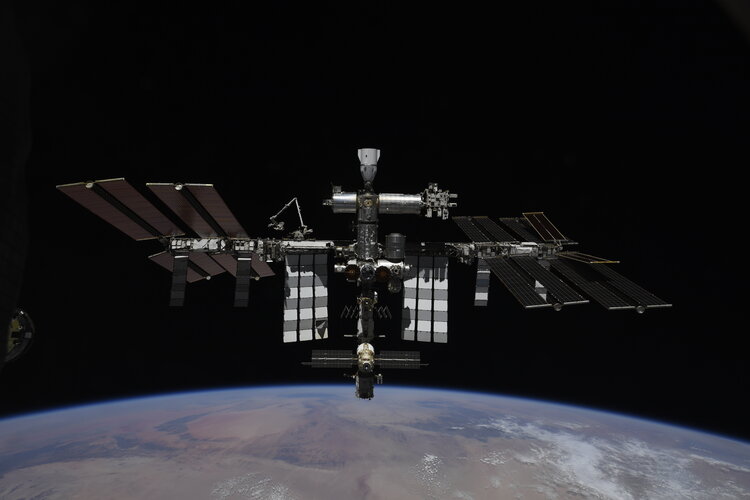
As International Space Station crew members prepared for an action-packed October, they broke records, tested virtual reality headsets and even grew plants in microgravity. Read on for science highlights from a stellar September in space.
ICEYE commercial satellites join the EU Copernicus programme
Tuesday, 12 October 2021 10:10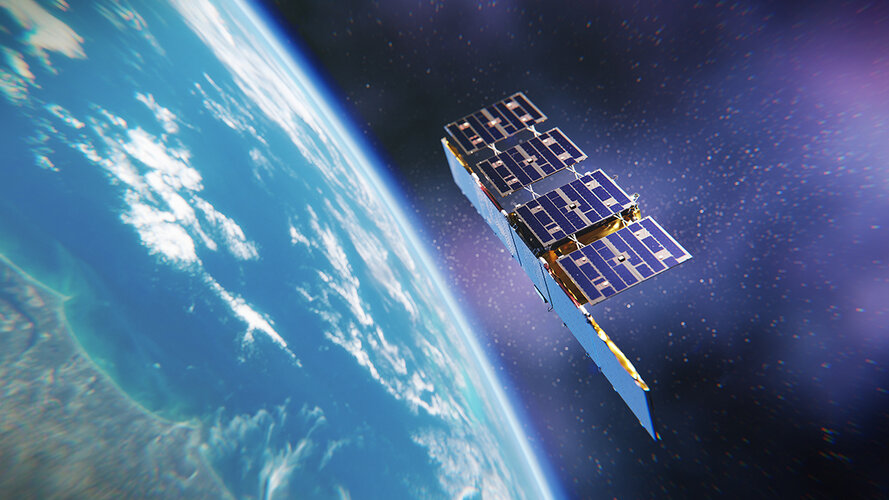
ESA signed a contract that brings the ICEYE constellation of small satellites into the fleet of missions contributing to Europe’s Copernicus environmental monitoring programme. As a commercial provider of satellite radar imagery, ICEYE is a perfect example of European New Space being implemented within Copernicus.
A new test facility for the new Vega E engine
Tuesday, 12 October 2021 09:04
On Tuesday October 5th Avio has inaugurated the Space Propulsion Test Facility at the Experimental Range for Joint Training of Salto di Quirra
As Shatner heads toward the stars, visions of space collide
Tuesday, 12 October 2021 06:58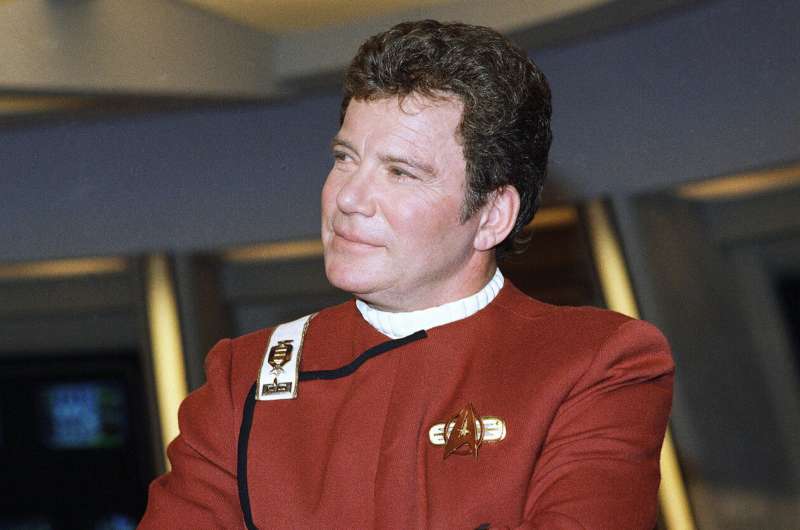
Hiber partners with Inmarsat for IoT satellite network
Tuesday, 12 October 2021 06:00
Days after acknowledging it would no longer operate its own satellite network, Dutch internet-of-things startup Hiber says it is partnering with Inmarsat to provide those services.
Space Development Agency seeks proposals for 18 satellites with experimental payloads
Monday, 11 October 2021 16:46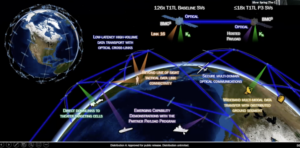
The Space Development Agency on Oct. 8 issued a draft request for bids for 18 satellites that will carry experimental payloads.
Contract secures build for HydroGNSS Scout mission
Monday, 11 October 2021 14:50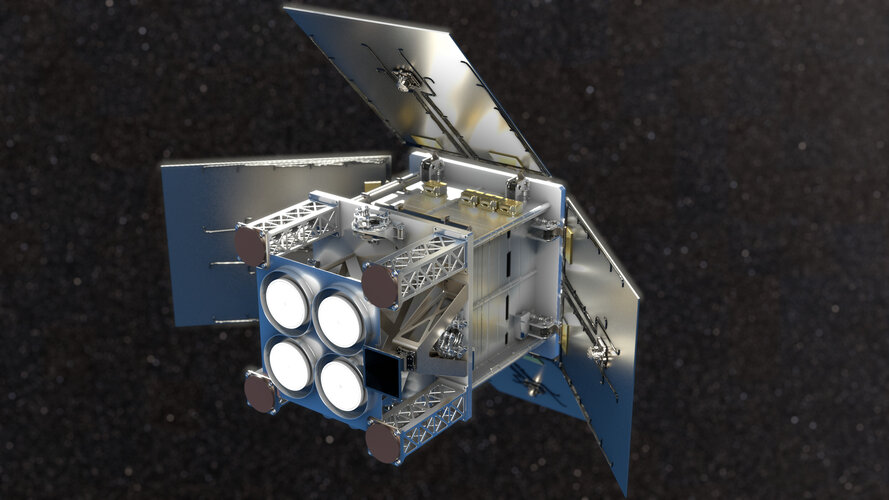
Today, as Φ-week gets underway, ESA has signed a contract with Surrey Satellite Technology Ltd to build the HydroGNSS Scout mission. Embracing the concept of New Space, HydroGNSS is a micro satellite that will use a technique called Global Navigation Satellite System (GNSS) reflectometry to measure climate variables such as soil moisture, freeze–thaw state over permafrost and inundation.
Varda Space selects SpaceX for launch of first space manufacturing satellite
Monday, 11 October 2021 14:00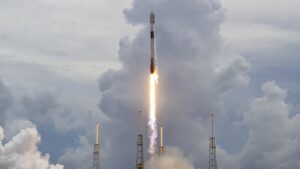
Space manufacturing starting Varda Space will launch its first spacecraft on a Falcon 9 in early 2023 to demonstrate the ability to produce a wide range of materials in microgravity.
Life on Mars: simulating Red Planet base in Israeli desert
Monday, 11 October 2021 12:59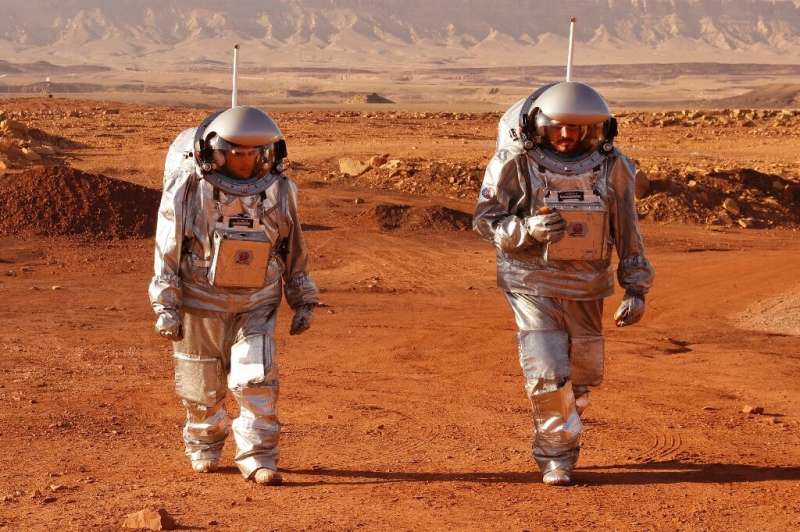
Inside a huge crater in Israel's sun-baked Negev desert, a team wearing space suits ventures forth on a mission to simulate conditions on Mars.
The Austrian Space Forum has set up a pretend Martian base with the Israeli space agency at Makhtesh Ramon, a 500-metre (1,600-foot) deep, 40 kilometre (25 mile) wide crater.
The six so-called "analogue astronauts" will live in isolation in the virtual station until the end of the month.
"It's a dream come true," Israeli Alon Tenzer, 36, told AFP. "It's something we've been working on for years.
La Palma volcano: How satellites help us monitor eruptions
Monday, 11 October 2021 12:30
Since the Cumbre Vieja volcano began erupting on 19 September 2021, lava has burned through homes, roads and farmlands causing mass destruction on the west part of the Canary Island of La Palma. Satellite imagery has helped authorities monitor and manage the ongoing crisis. From capturing images of the rivers of lava, to measuring gas emissions and assessing damage, the fleet of Copernicus Sentinel satellites have been providing crucial data for local teams.
Spotlight on climate and the New Space economy
Monday, 11 October 2021 11:25
Kicking off with a bold flourish, Φ-week 2021 promises to bring space even closer to the forefront of addressing society’s biggest challenges, namely issues associated with the climate crisis, while boosting the economy through transformative New Space, artificial intelligence, and quantum and cognitive computing.
Rocket Lab to launch NASA smallsat using SBIR award
Monday, 11 October 2021 09:24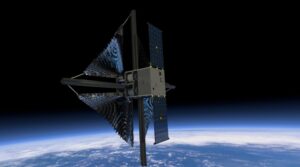
Rocket Lab will launch a NASA technology demonstration satellite under an unconventional arrangement as the agency works on a more standardized approach for launching smallsats.
Scaling up ESA’s asteroid facilities
Monday, 11 October 2021 08:00
The new heart of ESA’s Planetary Defence Office was inaugurated today, heralding a new chapter in the Agency’s work to protect Earth from dangerous near-Earth objects, aka asteroids.
Blue Origin delays William Shatner's space flight
Sunday, 10 October 2021 18:43
Blue Origin announced Sunday it was delaying an upcoming flight set to carry actor William Shatner to space due to anticipated winds.
Shatner, who played Captain James T. Kirk in the cult classic TV series "Star Trek," is due to become the first member of the iconic show's cast to journey to the final frontier as a guest aboard a Blue Origin suborbital rocket.
Boeing and NASA continue to investigate Starliner valve problem
Saturday, 09 October 2021 20:39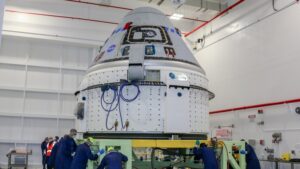
NASA and Boeing are targeting the first half of 2022 to launch the rescheduled test flight of the CST-100 Starliner commercial crew vehicle as engineers continue to investigate a valve problem that postponed the mission two months ago.
